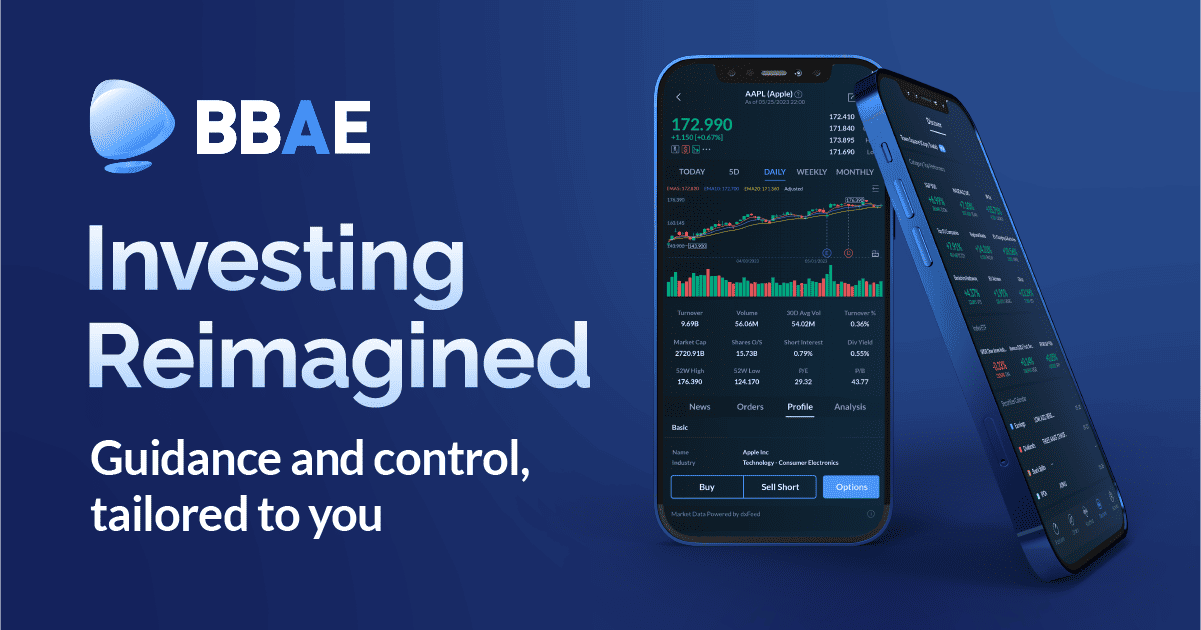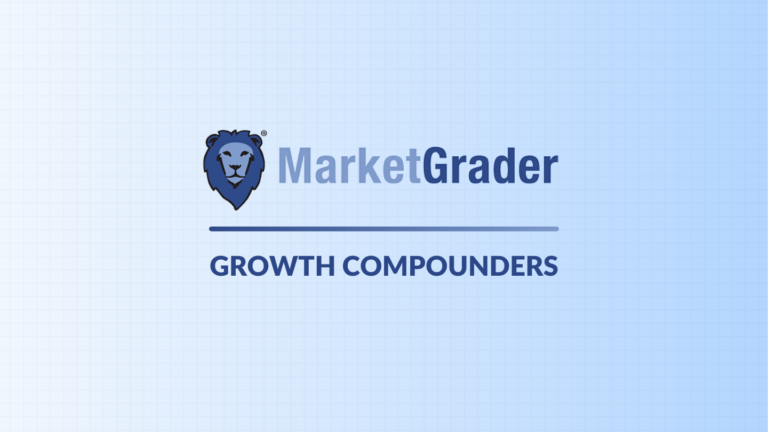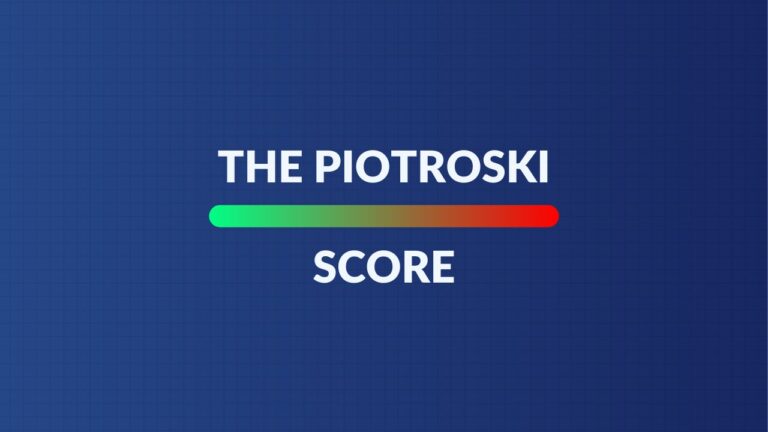Block (SQ) – Earnings Review – February 24, 2024

Demand
Block beat revenue estimates by 1.1%. Its 21.6% 3-year revenue CAGR compares to 20.7% Q/Q & 42.2% 2 quarters ago. Gross payment volume (GPV) missed expectations by 2.4%.
- Transaction-based revenue rose 8% Y/Y to $1.6 billion.
- Subscription & Services revenue rose 24% Y/Y to $1.62 billion.


Source: Brad Freeman – SEC Filings, Company Presentations, and Company Press Releases
Profitability
- Beat EBITDA estimate by 25.7% & beat guide by 27.7%.
- Beat gross profit guide by 3%.
- Missed $0.57 EPS estimate by $0.12.
- Transaction based gross profit as a % of GPV was 1.13% vs. 1.12% Q/Q & 1.14% Y/Y.


Source: Brad Freeman – SEC Filings, Company Presentations, and Company Press Releases
Balance Sheet
- $5.9 billion in cash & equivalents. $7.7 billion in total liquidity.
- $4.1 billion in debt.
- Diluted shares rose 6.2% Y/Y. Repurchased $157 million in stock during the period.
Guidance & Valuation
Q1 EBITDA guidance was 12.4% better than expected. It also raised its annual EBITDA guide by 9.6%, which also beat estimates by 9.6%. This was an “at least” guide, meaning 9.6% is the minimum beat. It guided to 17% Y/Y gross profit growth as well. Finally, it raised its adjusted EBIT guide by 31.0%. This was also an “at least” guide. It remains committed to reaching a revenue growth + EBIT margin level above 40 (rule of 40?) by 2026.
Block trades for 24x 2024 expected earnings. Earnings are expected to grow by 74% Y/Y.
Call & Letter Highlights
Getting Leaner:
Starting last quarter, Block embarked on a mission to streamline its cost base & get leaner. It capped its headcount at 12,000 and expects to stay under that level for not months, but years to come. It reorganized teams under clearer engineering, product, design and sales functions. It cut its real estate footprint, eliminated discretionary spending and saw operating expenses (ex-impairment and restructuring) rise by just 6% Y/Y. Sales & marketing spend fell Y/Y as well.
The other piece of this restructuring was accelerating the pace of engineering & design innovation. Square had been long known as a leader in those categories, but thinks it’s falling behind and “wants to lead here again.” Sounds a lot like PayPal, although Square’s lagging innovation issue isn’t nearly as pronounced. To re-establish leadership here, it brought Robert Andersen back to lead both Square and Cash App design. He was the first lead designer of both when the products had the reputation of being best-in-class.
Cash App the Bank:
Cash app is tweaking its path a bit in two areas. First, it will now pursue U.S. households earning up to $150,000 annually compared to $100,000 previously. It thinks its product suite can cater to a more affluent consumer than it had assumed in the past. A big part of that will be strengthening its peer-to-peer network to better cater to entire families (not just the parents).
Secondly, it will tighten and accelerate its focus to be its consumer base’s primary banking account (PBA). It will do so in several ways. It wants to build customer trust through improved safety, security and service with better fraud management and system reliability. Next, Cash App plans to round out its financial services suite to better emulate legacy banking. It has many of these products already (and a newly introduced 4.5% yield savings account) but will “close the product gap” in the future with wire transfers, check deposits and bill pay. It will also add subscription management, spending reports and credit building support. As an example of how impactful these launches can be, its separate debut of overdraft coverage immediately led to an acceleration in direct deposit growth.
Why does it want to be the bank? A few reasons. Just 2 million cash app monthly transacting actives have set up direct monthly paycheck deposits. Conversely, its cash app card has 23 million monthly transacting actives, representing 41% of its total base of 56 million. When its cash app card users start utilizing direct deposit, spending levels through Block 6x vs. non-users. This matters a lot, which is why Block is emphasizing monetization of current users over new user growth and geographic expansion. Its biggest and most profitable opportunity is within the customers it has already won.
Interestingly, Block added consumer onboarding friction this year to create more intentional user growth. This move also increased touchpoints for direct deposit cross-selling to accelerate its PBA path.
More Cash App Updates:
To create more actionably useful products, it also wants tighter integration of its Afterpay buy now, pay later (BNPL) product into Cash App. This will also allow Cash App to utilize the merchant base that Afterpay provides to facilitate more deal discovery, savings and unique value for its consumer app.
Cash App doesn’t just want to be your bank, it wants to be the next-gen social bank. This sounds a lot like emulating SoFi’s (AKA Social Finance’s) business model for non-ultra prime credit consumers. Afterpay and Square merchants going forward will get more profile customization to target local customers with relevant promotions. This again sounds eerily similar to what Venmo is currently trying to do. It should create a low acquisition cost channel of new customers for Block to provide incrementally unique merchant value. It should also make Block a bigger player in ecommerce. Cash App Pay (checkout accelerator) monthly active users are up 3x in just 6 months to offer signs of progress here.
Finally, Cash App Borrow funded $3.6 billion in short-term loans for 74% Y/Y growth. This coincided with just 13% Y/Y growth in transaction, loan and consumer receivables losses. Loss rates for Cash App Borrow are consistent with historical ranges and under 3%.
- Cash App revenue of $3.91 billion rose by 31% Y/Y (20% Y/Y growth excluding Bitcoin revenue).
- Cash App gross profit of $1.18 billion rose 25% Y/Y.
- Cash App GPV actually fell 13% Y/Y.
- Encouragingly, gross profit retention rates are positive for all annual cohorts. This means customers are sticking with Cash App and utilizing it more & more over time.
- Cash App is enjoying a 600% return on investment over 3 years for its pre-2022 cohorts. Its 2022 and 2023 cohorts have an average payback period of less than 1 year.
- Cash App inflows per user rose 8% Y/Y to $1,137.
Square:
Square’s pay as you go model is now live. This allows merchants to enjoy free hardware with slightly higher payment processing fees. That concession lowers upfront costs associated with starting a business. Its restaurant essentials bundle is also live. This combines its restaurant product, payroll and a few other tools for a flat fee. It expects this to accelerate traction in winning large restaurant chains. In other news, Square revamped its two referral programs to make incentives more compelling and more broadly available to existing customers. Finally, Square, like everyone else, launched an automated GenAI tool for automated customer support. This will cut OpEx for both Block supporting its merchants and those same merchants supporting their own customers.
Notably, it called out weaker consumer demand in the USA as slowing its merchant base’s growth.
- Square revenue of $1.81 billion rose 12% Y/Y.
- Square gross profit of $828 million rose 18% Y/Y.
- Square GPV of $53.5 billion rose 10% Y/Y.
- Encouragingly, gross profit retention rates are positive for all annual cohorts. This means customers are sticking with Square and utilizing it more & more over time.
- Square is enjoying a 3x return on investment for its pre-2022 cohorts within 4 years. Its 2022 and 2023 cohorts have an average payback period of 6-7 quarters.
- Loss rates for Square Loans and Square GPV were stable and consistent with historical ranges. Its BNPL losses were 1% of GMV, which is also stable.
Take
This was an excellent quarter. Jack Dorsey and Block are growing up. They’re focusing, streamlining cost bloat, accelerating product innovation and fixating on slowing the pace of dilution. Block is finally taking care of shareholders and these results mark the beginning of what I think will be an explosive profit inflection. Like Shopify, Meta and Uber in 2022 or Airbnb in 2021, there is so much low hanging cost cutting fruit to enjoy without impacting top line growth. This company is now determined to devour that fruit. Encouraging.











